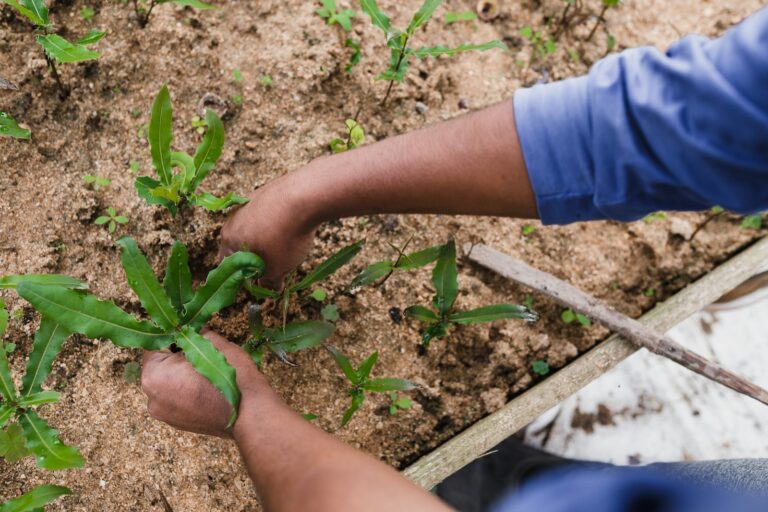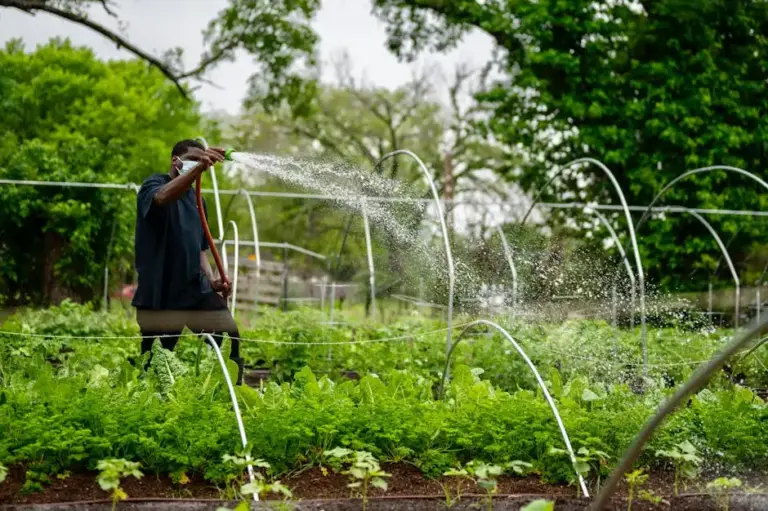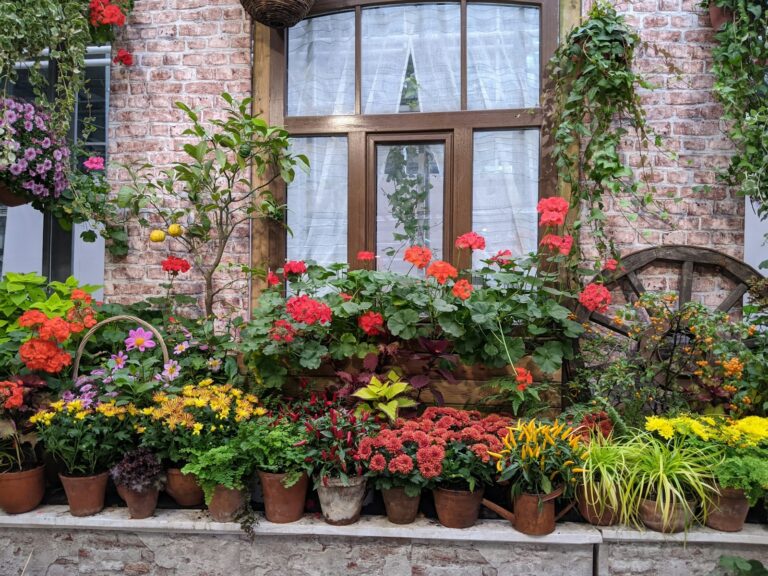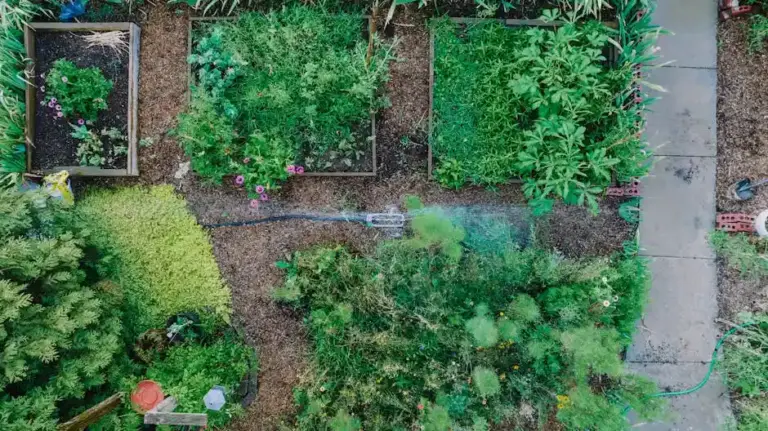10 Garden Tasks to Do Before the Heat Arrives to Keep Your Plants Thriving
If you’ve ever watched your garden wilt under summer’s sun, you know how tough those hot days can be. Getting ahead of the heat is the secret to having plants that look good and keep growing strong.
A little early prep means less scrambling later and more time to enjoy your outdoor space.
Check and repair your irrigation system for leaks
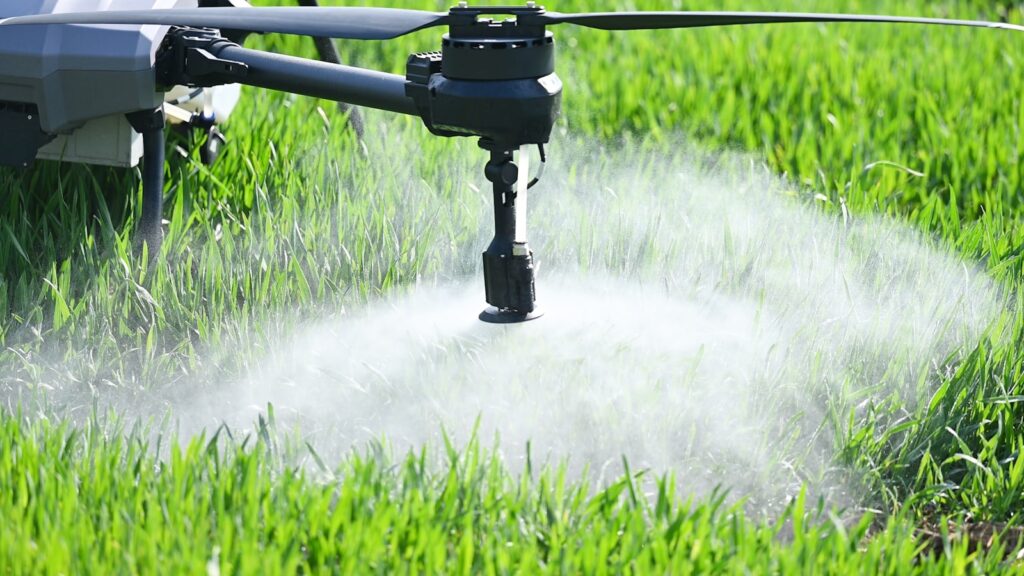
Take a walk through your garden and turn on your irrigation system. Look for wet spots or puddles that shouldn’t be there.
Watch each sprinkler head to make sure water sprays evenly and in the right direction. Replace or clean any heads that are broken or clogged.
Leaks can hide in valve boxes, hoses, or underground pipes. Tighten connections or swap out damaged parts if you spot a problem.
If you run into a tricky leak, it might be time to call in a pro. Fixing things now saves water and keeps your plants healthy.
Apply mulch like straw or wood chips to retain soil moisture
Mulch is a simple fix for thirsty soil as temperatures climb. Covering the ground with straw or wood chips keeps moisture from evaporating too fast.
Spread a layer about two to four inches thick. Keep mulch a few inches away from plant stems to avoid rot or pest issues.
Straw breaks down and feeds the soil over time. Wood chips do the same but stick around longer.
Mulch helps keep soil temperatures steady, giving roots a break from the heat.
Prune dead or damaged branches from shrubs and perennials
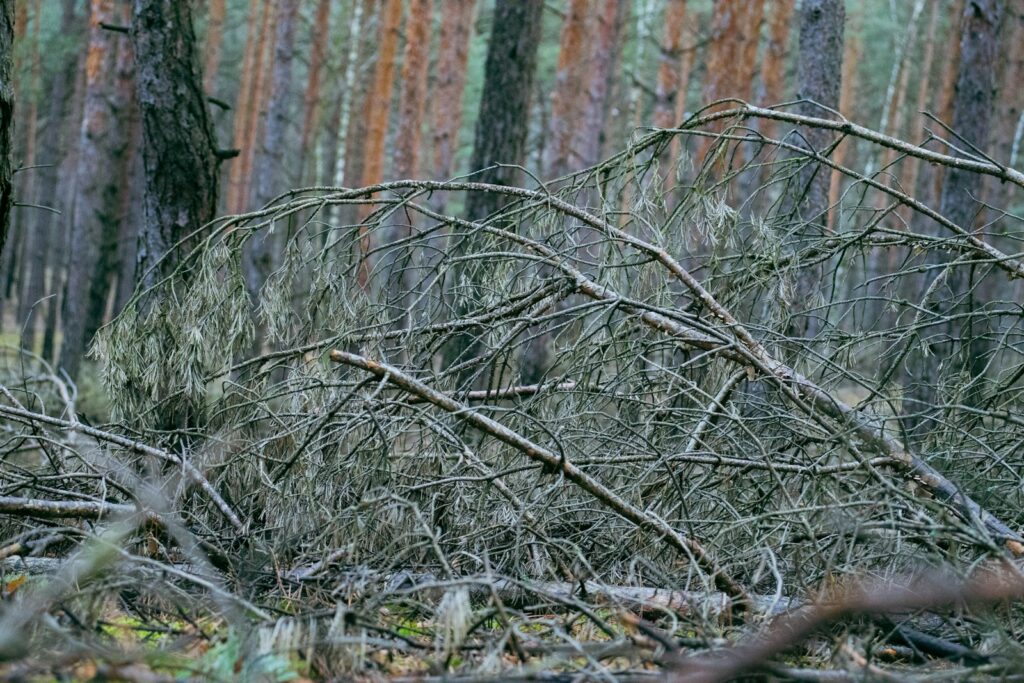
Grab your clippers and look for brown, cracked, or broken branches on your shrubs and perennials. Cutting these away helps plants bounce back and look tidy.
Use clean, sharp tools and make your cuts just above healthy buds or stems. Only remove the trouble spots so you don’t stress the plant.
If you notice branches crossing or growing inward, trim those too for better air flow and light.
Deadhead spent blooms on annuals to encourage new flowers
Snip or pinch off faded blooms from your annuals. This helps the plant focus on making fresh flowers instead of seeds.
Deadheading keeps your garden looking lively and encourages more color. Try to do this regularly, especially as the weather warms up.
Loosen soil in garden beds early morning to ease roots

Early morning is the best time to loosen soil since it’s cool and moist. Grab a garden fork or hand tool to gently break up compacted spots.
Loose soil gives roots room to grow deeper and lets water soak in better. If you add compost while loosening, your plants get an extra boost.
Start indoor seeds for late summer vegetables
Give your late summer veggies a head start by starting seeds indoors. Crops like broccoli, cabbage, and kale do best when they grow strong before the heat sets in.
Begin seeds four to six weeks before your last frost date. Keep them in a cool, bright spot so they grow sturdy.
Transplant seedlings outside once they’re big enough and the weather has warmed a bit.
Water deeply in the early morning to reduce evaporation

Water your garden early in the morning when it’s still cool. This helps more water reach the roots instead of evaporating.
Deep watering encourages roots to grow downward, making plants tougher when the heat arrives. Try to water between 6 AM and 10 AM for best results.
Morning watering also lets leaves dry out before night, which helps prevent disease.
Inspect plants for pests and treat naturally if needed
Check your plants closely for pests hiding on leaves, stems, or in the soil. Look for holes, sticky spots, webbing, or tiny bugs like aphids.
Try natural fixes first, like a soap and water spray or releasing ladybugs. Remove dead leaves and debris where pests can hide.
Isolate new plants before adding them to your garden to stop problems before they start.
Add organic compost to enrich the soil before heat
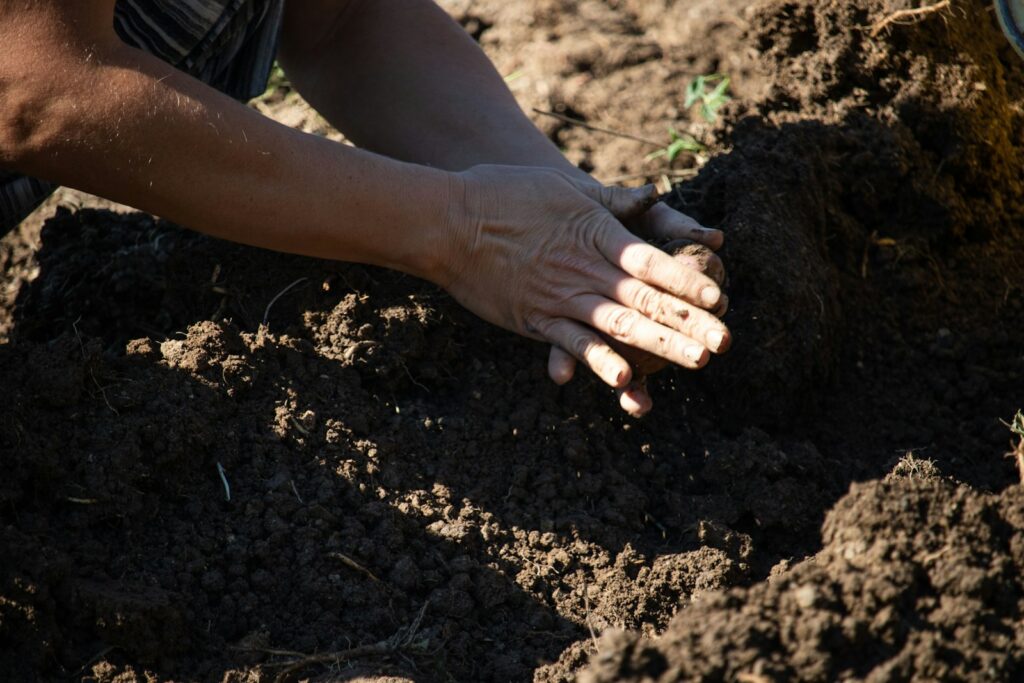
Mix organic compost into your garden soil before it gets hot. Compost adds nutrients and helps soil hold moisture during dry spells.
Spread a layer one to two inches thick and work it into the topsoil. Healthy soil gives your plants a better shot at thriving through the summer.
Compost also brings in helpful worms and microbes that make nutrients easier for plants to absorb.
Shade young plants with cloth to prevent sunburn
Protect delicate young plants from harsh sun using shade cloth. This fabric blocks some sunlight and reduces heat stress on tender leaves.
Choose a cloth that matches your plants’ needs, with lighter cloth letting in more light and heavier cloth offering more protection.
Set up the cloth so it covers your plants without touching them, and leave space for air to move. Stakes or frames work well to hold the cloth above your plants.
Shade cloth also helps the soil stay moist longer, which means less watering on hot days.
Why Timing Matters for Pre-Heat Garden Preparation
Getting your garden ready before hot weather rolls in gives your plants a stronger start. If you wait too long, plants can get stressed and struggle to recover.
Understanding Seasonal Growth Cycles

Plants have their own rhythm for leafing out, flowering, and fruiting. Early spring is when they’re most able to bounce back from stress.
This is the best time to improve soil, plant seedlings, and feed your garden. If you wait until the heat arrives, growth slows and plants go into survival mode.
Some plants wake up earlier than others, so keep an eye on soil temperature to know when to get started.
Impact of Rising Temperatures on Plant Health
As temperatures climb, soil dries out faster and plants can wilt or drop leaves. Early prep lets you add mulch and fix irrigation before things get tough.
Heat can also make plants more vulnerable to pests and disease. The sooner you act, the stronger your plants will be when summer gets intense.
Best Practices for a Resilient Summer Garden
Keeping your garden healthy in the heat comes down to smart watering and protecting your soil. A few changes now can make a big difference all season.
Soil Moisture Management
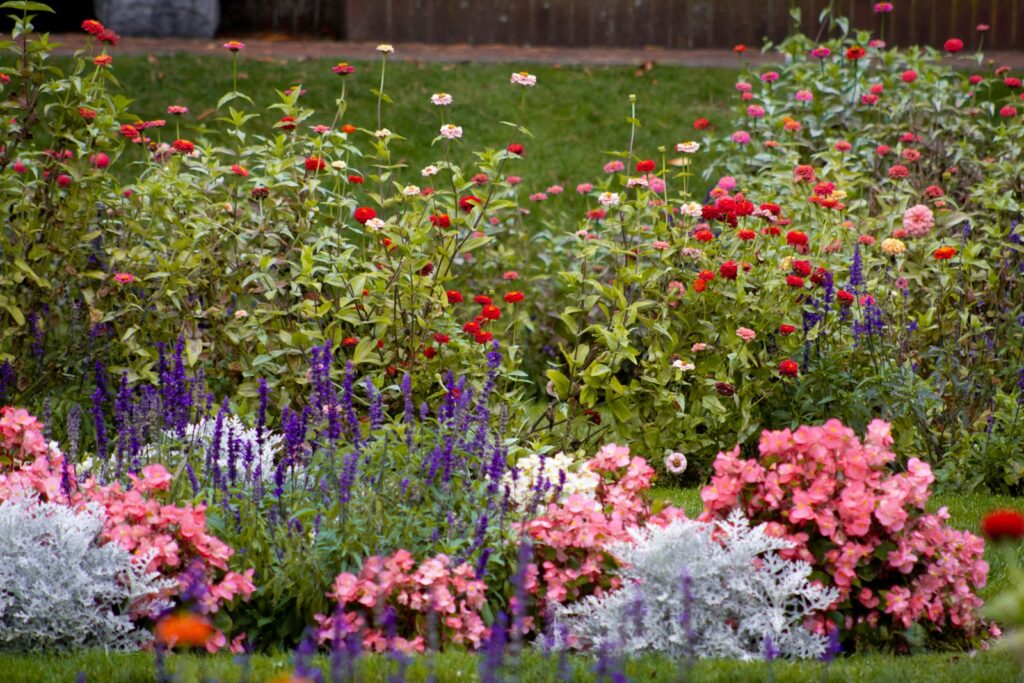
Aim to keep soil moist but not soggy. Water early in the morning or late in the evening to cut down on evaporation.
Deep soaking helps roots grow down where the soil stays cooler. Drip irrigation or soaker hoses deliver water right to the roots.
Check soil moisture by sticking your finger an inch or two deep. If it’s dry, it’s time to water.
Avoid watering leaves directly to help prevent disease.
Mulching Strategies for Heat Protection
On scorching days, your soil needs a little extra help to stay cool. Mulch can make a big difference by acting as a protective layer.
Try using organic options like shredded bark, straw, or compost. Spread a two to three inch layer around your plants, but leave a small gap near the stems to prevent rot.
Mulch also helps keep weeds at bay so your plants get more of the water and nutrients they need. In especially hot areas, light-colored mulches can reflect the sun and help drop soil temperatures.
Keep an eye on your mulch as the season goes on. If it starts to thin out, add a bit more to maintain that protective cover.



